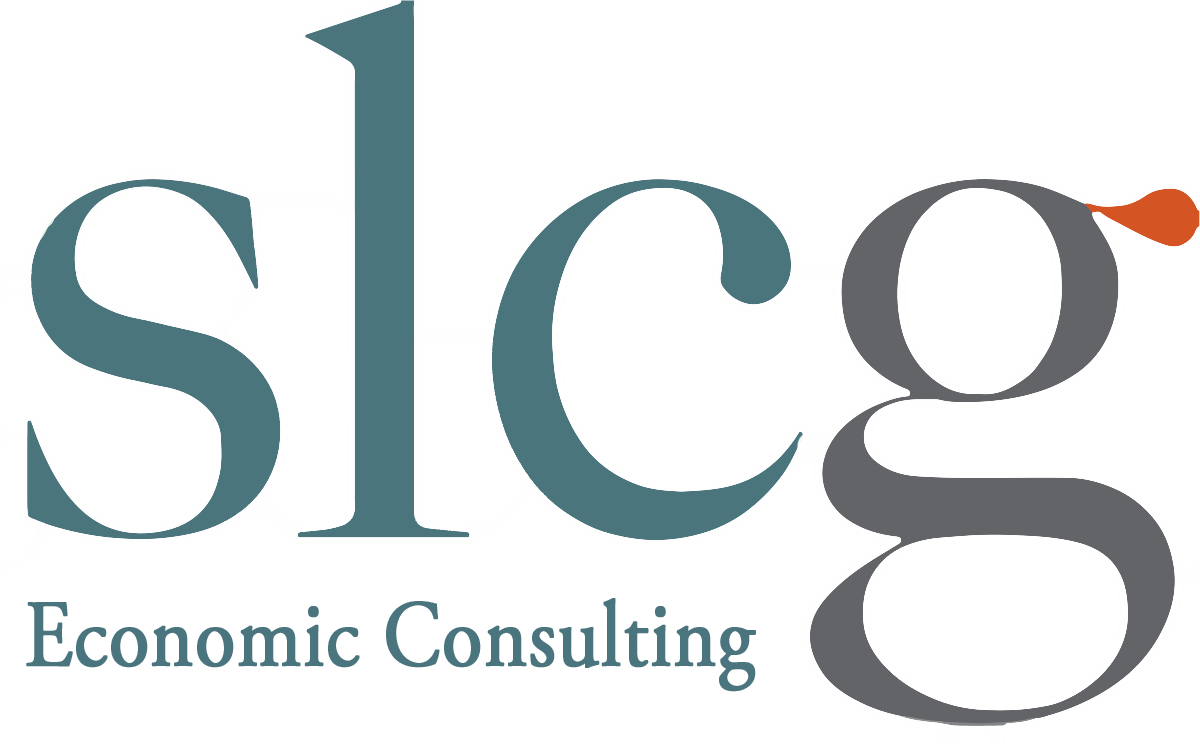Efficient Valuation of Equity-Indexed Annuities Under Lévy Processes Using Fourier-Cosine Series
By: Geng Deng, Tim Dulaney, Craig McCann, and Mike Yan (Apr 2014)
Published in The Journal of Computational Finance, Vol 21, No. 2, September 2017.
Equity-Indexed Annuities (EIAs) are deferred annuities which accumulate value over time according to crediting formulas and realized equity index returns. We propose an efficient algorithm to value two popular crediting formulas found in EIAs - Annual Point-to-Point (APP) and Monthly Point-to-Point (MPP) - under general Lévy-process based index returns. APP contracts observe returns of referenced indexes annually and credit EIA accounts, subject to
minimum and maximum returns. MPP contracts incorporate both local/monthly caps and global/annual floors on index credits. MPP contracts have payoffs of a "cliquet" option.
Our algorithm, based on the COS method (Fang and Oosterlee, 2008), expands the present value of an EIA contract using Fourier-cosine series, expresses the value of the EIA contract
as a series of terms involving simple characteristic function evaluations. We present several
examples with different Lévy processes, including the Black-Scholes model and the CGMY
model. These examples illustrate the efficiency of our algorithm as well as its versatility
in computing annuity market sensitivities, which could facilitate the hedging and pricing of
annuity contracts.
Crooked Volatility Smiles: Evidence from Leveraged and Inverse ETF Options
By: Geng Deng, Tim Dulaney, Craig McCann, and Mike Yan (Jan 2014)
Published in the Journal of Derivatives & Hedge Funds 19, 278-294 (November 2013).
We find that leverage in exchange traded funds (ETFs) can affect the "crookedness" of
volatility smiles. This observation is consistent with the intuition that return shocks are
inversely correlated with volatility shocks - resulting in more expensive out-of-the-money
put options and less expensive out-of-the-money call options. We show that the prices of
options on leveraged and inverse ETFs can be used to better calibrate models of stochastic
volatility. In particular, we study a sextet of leveraged and inverse ETFs based on the S&P
500 index. We show that the Heston model (Heston , 1993) can reproduce the crooked smiles
observed in the market price of options on leveraged and inverse leveraged ETFs. We show
further that the model predicts a leverage dependent moneyness, consistent with empirical
data, at which options on positively and negatively leveraged ETFs have the same price.
Finally, by analyzing the asymptotic behavior for the implied variances at extreme strikes,
we observe an approximate symmetry between pairs of LETF smiles empirically consistent with the predictions of the Heston model.
The Rise and Fall of Apple-linked Structured Products
By: Geng Deng, Tim Dulaney, Craig McCann, and Mike Yan (Jan 2013)
The rise in Apple's market capitalization in 2012 coincided with a dramatic increase in single-observation reverse convertibles, reverse convertibles and autocallable notes linked to Apple's stock price. These notes all transfer the downside risk of owning Apple to investors but cap the upside at somewhat more than corporate bond yields. Issuers use individual stocks like Apple as the reference obligations for reverse convertible structured products because investors underestimate the risk of suffering losses when the individual stock's price falls.
The decline in Apple's stock price from over $700 in September 2012 to $450 in January 2013 has resulted in over one hundred million dollars of losses in Apple-linked structured products. In this paper, we summarize our published reports on over 650 Apple-linked structured products and identify the impact of Apple's recent stock price decline on investors in these structured products.
